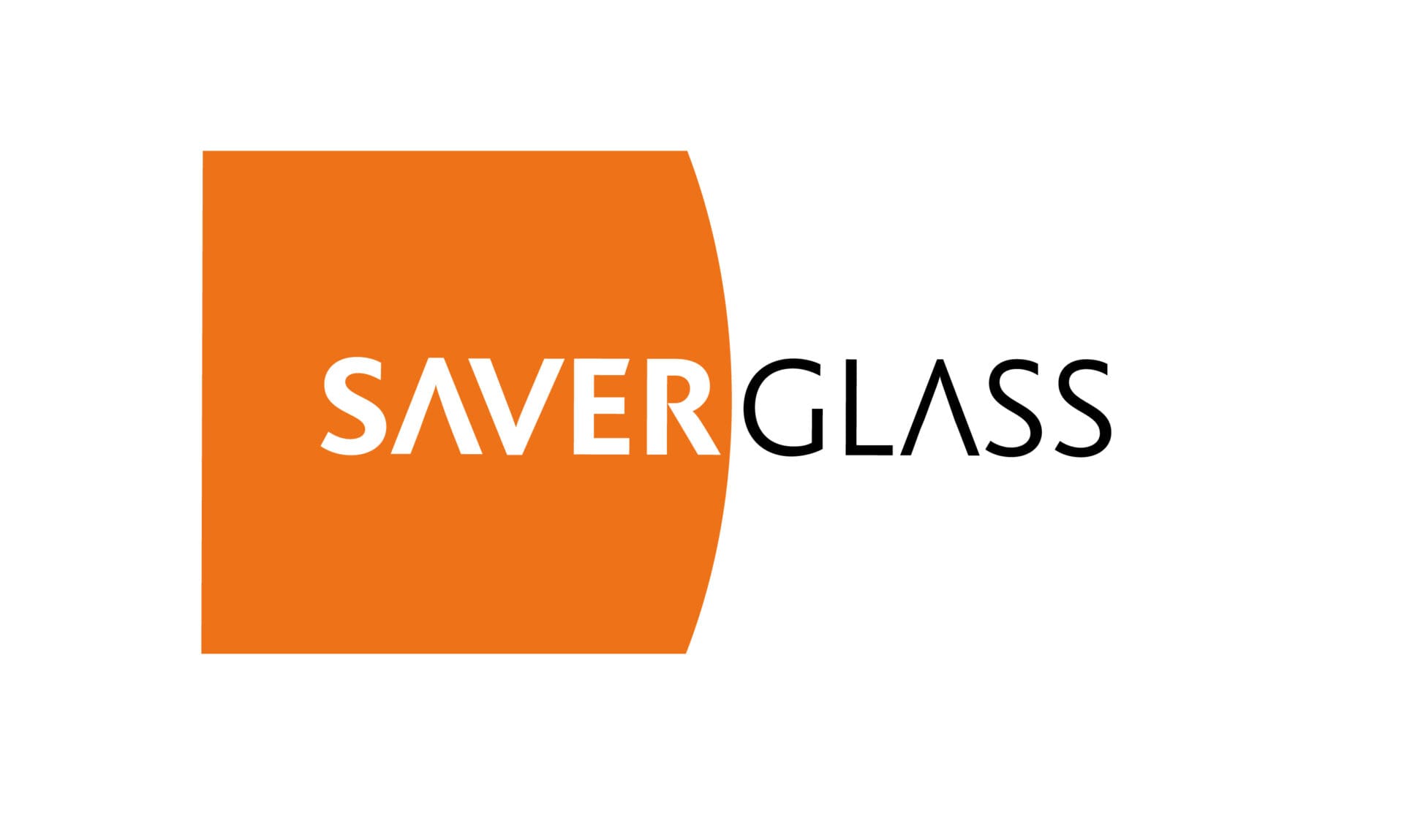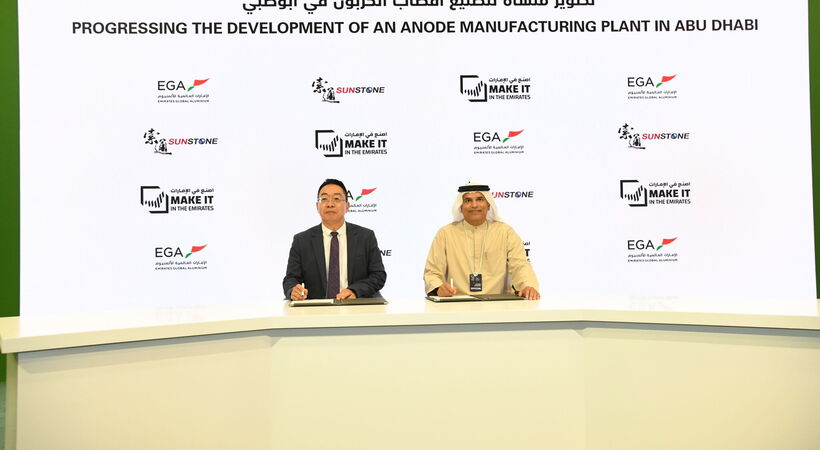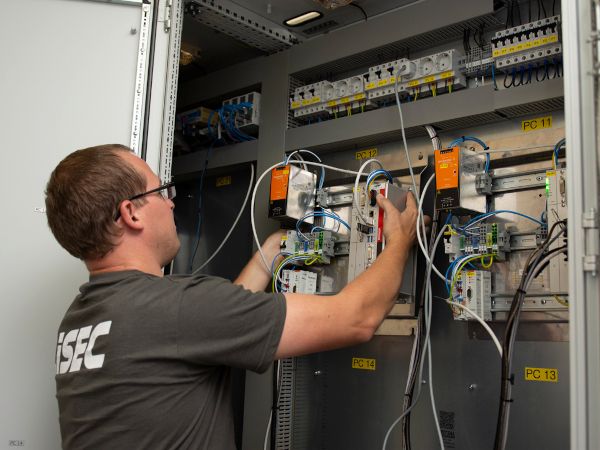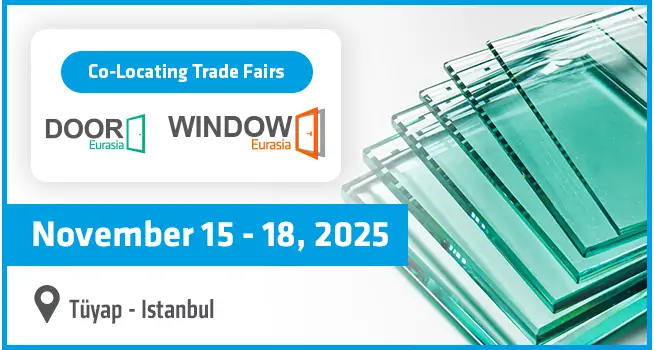The recent release of the United States Bureau of Labor Statistics’ (BLS) monthly Producer Price Index (PPI) report provides valuable insights into the pricing dynamics within the manufacturing sector, particularly concerning glass products and related metal components. While the overall PPI for final demand saw an unexpected dip in April, a closer examination of specific categories reveals a more nuanced picture, with some notable shifts occurring within the glass and metal industries.
According to the latest data, the PPI for glass and glass product manufacturing experienced its first decrease in four months, dropping by 0.6% in April. This moderation followed a period of sustained increases and suggests a potential shift in pricing pressures within the sector. Despite this monthly decline, the year-over-year figure remains positive at 2.5%, indicating that prices are still higher compared to the same period last year. This divergence between monthly and annual trends highlights the dynamic nature of price adjustments in the current economic environment.
The broader context of the April PPI report also warrants attention. The overall PPI for final demand declined by 0.5%, defying economists’ predictions of an increase. This decrease was largely attributed to a significant 1.7% drop in trade services, linked to the impact of current tariffs on companies’ margins. This broader deflationary pressure, combined with the specific dip in glass product manufacturing prices, suggests a potential easing of inflationary pressures in certain segments of the economy. Annually, overall inflation also slowed, reaching 2.4% in April compared to March.
Drilling down into the specifics of glass and glazing material prices reveals further insights. Flat glass prices experienced a notable plunge of 1.9% in April, marking the first decline in several months. While flat glass manufacturing prices remained unchanged in April, the year-over-year figure shows a 3.7% increase, indicating continued underlying cost pressures in the manufacturing process.
The metal sector, a key component in many glass applications, also presented a mixed bag of trends in April. Fabricated structural metal products continued their upward trajectory, rising by 0.6% for the fourth consecutive month. This persistent increase, with a year-over-year growth of 4.6%, suggests sustained demand and potentially higher input costs for this category. In contrast, ornamental and architectural metalwork saw a significant moderation in price increases in April, rising by a mere 0.4% after a substantial surge in the preceding months. However, the significant 14.2% year-over-year increase underscores the rapid price escalation experienced by this category over the past year.
Prices for metal windows and metal doors and frames also continued to climb in April, albeit at a more moderate pace than some other metal categories. Metal window prices rose by 0.2%, following a larger increase in March, while metal door and frame prices saw a 0.7% increase. Both categories show positive year-over-year growth, indicating ongoing price increases from the previous year. Finally, builders’ hardware products experienced a slight dip of 0.2% in April, interrupting a recent trend of rising costs. However, the year-over-year figure of 2.8% suggests that prices for these essential components remain higher than they were in April 2024.
Understanding these shifts in PPI data is crucial for businesses operating within or utilizing glass and metal products. A decrease in the PPI can translate to lower material costs, potentially leading to improved profit margins or the ability to offer more competitive pricing. Conversely, sustained increases can necessitate price adjustments to maintain profitability. While a single month’s data should not be interpreted in isolation, the April PPI report offers valuable indicators of evolving market conditions and should be considered in strategic planning and forecasting. Continuously monitoring these trends will be essential for navigating the dynamic landscape of material costs in the coming months.
Source: USGlass with additional information added by GlassBalkan







